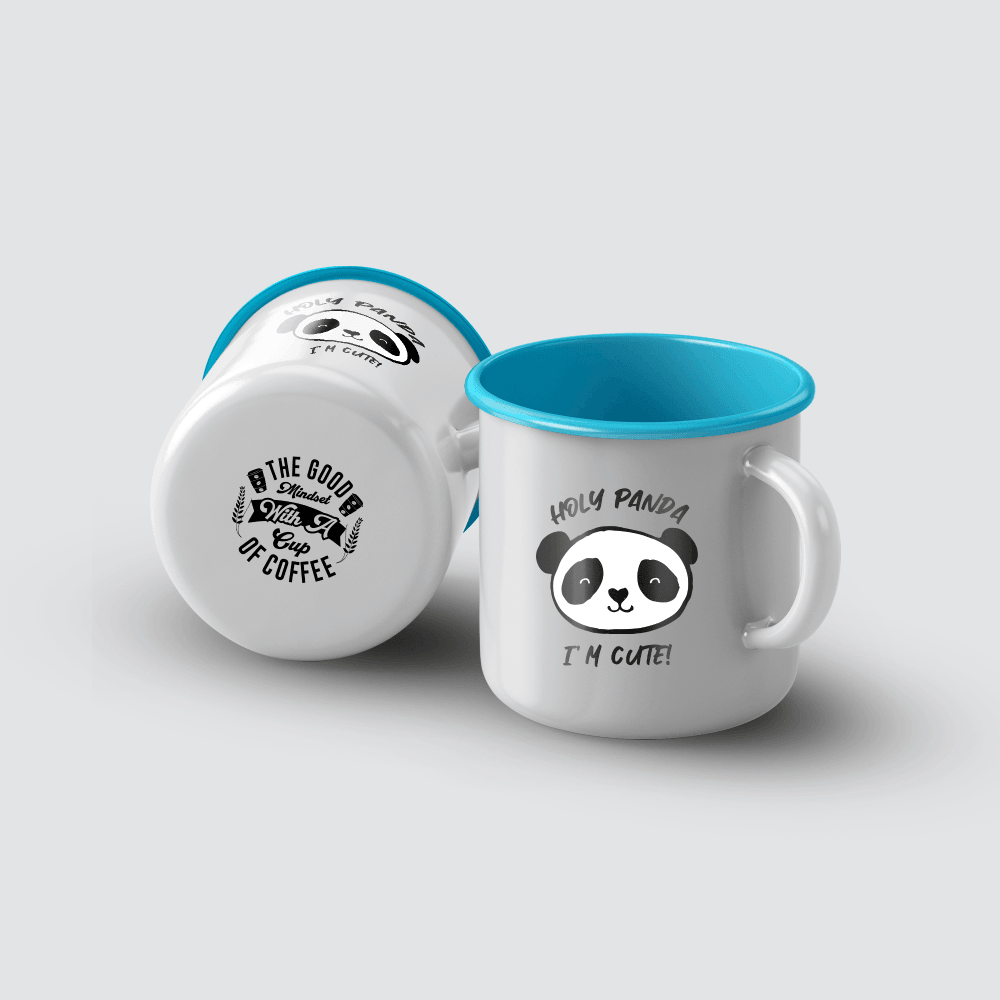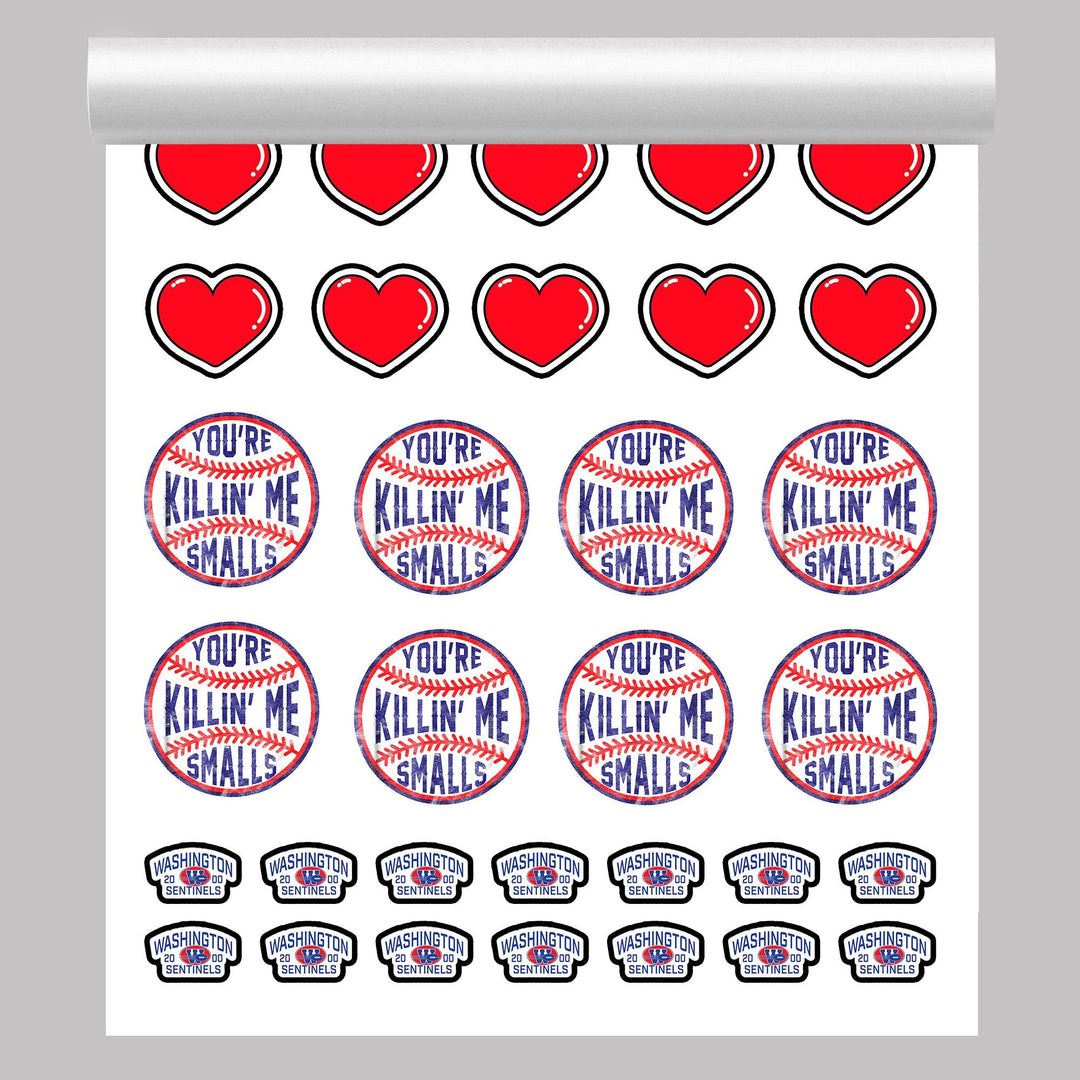UV DTF Transfer Film – High-Quality, Durable, and Easy to Use
Discover the advanced UV DTF Transfer Film, designed for sharp, vibrant, and long-lasting prints on various surfaces. This film works seamlessly with UV DTF printing technology, delivering professional-grade transfers that are waterproof, scratch-resistant, and fade-proof.
Why Choose UV DTF Transfer Film?
-
Exceptional Print Quality: Achieve vivid colors and fine details thanks to superior film coating and UV-curable inks.
-
Versatile Application: Ideal for use on glass, metal, plastic, wood, and acrylic, perfect for product customization.
-
User-Friendly: Easy peel-and-stick transfer process saves time and eliminates the need for heat presses.
-
Durable & Weatherproof: Transfers withstand outdoor exposure, moisture, and daily wear without degrading.
Features
-
Compatible with UV DTF printers
-
Waterproof and scratch-resistant
-
Flexible and conformable for flat or curved surfaces
-
Transparent backing for precise placement
-
Available in various sizes to fit your project needs
How to Use
-
Print your design using UV DTF technology on the transfer film.
-
Cure the print with UV light for fast drying and durability.
-
Peel off the backing and apply the transfer to your chosen surface.
-
Press firmly to ensure adhesion—no heat press needed.
Customer Reviews
“The UV DTF Transfer Film produces stunning, vibrant prints that last through tough conditions.” – Alex M.
“Application is so simple, and the quality is unmatched for product branding.” – Sarah L.
Frequently Asked Questions
What is UV DTF Transfer Film, and how does it differ from traditional transfer films?
Transfer Film is a specialized printing medium designed to work with ultraviolet (UV) curing technology. Unlike traditional heat transfer films that require heat presses to transfer designs onto fabrics or surfaces, UV DTF films utilize UV light to cure the ink directly onto the film, creating vibrant, durable prints that can be applied via a simple peel-and-stick method. This process eliminates the need for high temperatures or extensive equipment, making it faster, cleaner, and ideal for printing on a wide variety of materials including glass, metal, plastic, wood, and acrylic. The UV curing also results in prints that are scratch-resistant, waterproof, and UV-stable, providing long-lasting quality even under harsh conditions.
How do I use UV DTF Transfer Film effectively for my projects?
Transfer Film is straightforward. First, print your design onto the film using a compatible UV DTF printer and UV-curable inks. Once printed, the design is cured instantly under UV light, which hardens the ink and bonds it securely to the film surface. After curing, simply peel off the backing and apply the transfer to your chosen substrate. No heat press is required; firm pressure is usually sufficient for adhesion. This makes it an excellent choice for customizing products with complex shapes or delicate materials that cannot withstand heat. It’s important to ensure the surface is clean, dry, and free of oils or dust before application to achieve optimal adhesion and durability.
What are the main benefits of using Transfer Film over other printing or transfer methods?
Transfer Film offers several key advantages:
Versatility: It adheres well to a broad range of surfaces beyond textiles, including hard, non-porous materials such as glass, metal, plastics, and wood.
Durability: The UV-cured inks create a tough, scratch-resistant layer that withstands moisture, sunlight, and everyday wear.
No Heat Required: The peel-and-stick application means no heat press or specialized equipment is necessary, reducing setup time and risk of damage.
High-Quality Output: This method delivers sharp, vibrant colors and fine details, making it ideal for branding, custom products, and promotional items.
Environmentally Friendly: UV inks typically have low VOC emissions and require less energy than traditional heat transfer processes, making them a greener option.
Is this printing film suitable for large-scale production?
Yes, the process is highly scalable. Thanks to rapid curing technology, it supports quick turnaround times for both small and large volume orders. Bulk purchases benefit from cost savings without sacrificing print quality, making it ideal for businesses aiming for efficient, high-quality custom printing.
What is the best way to store these transfer films to keep them in good condition?
Proper storage is essential to maintain adhesive strength and print quality. Keep the films flat in a cool, dry place away from sunlight and moisture. Store them in sealed packaging or protective sleeves to prevent dust and damage. Avoid bending or folding the sheets, as this can cause creases that affect performance. With correct storage, these films remain usable for several months.
How should I prepare surfaces before applying the transfers?
Surface preparation greatly improves adhesion and durability. Clean the application area thoroughly to remove dirt, oil, and moisture. Using isopropyl alcohol wipes is recommended. Ensure the surface is dry and at room temperature. Avoid using the transfers on rough or textured surfaces unless specifically designed for them, as adhesion may suffer.
What types of designs produce the best results with this printing method?
This technology excels with detailed, vibrant designs, including fine text, logos, gradients, and complex multi-color artwork. The inks cure quickly and bond tightly, preserving sharpness and vivid colors. It’s perfect for branding, promotional items, personalized gifts, and product decoration.
How fast is the turnaround time for printing and delivery?
The curing process used in this printing method is very fast, allowing most orders to be completed within just a few business days. Depending on order size and complexity, standard production typically takes 2 to 5 days. Expedited options may be available if you need your products sooner.
Can these transfer films be applied to curved or irregular surfaces?
Yes, the films are flexible and designed to conform well to gently curved or uneven surfaces like bottles, mugs, and other promotional items. This flexibility makes them suitable for a wide range of products that aren’t perfectly flat.
Are the inks and materials used environmentally friendly?
Many printers use UV-curable inks that have lower volatile organic compounds (VOCs) compared to traditional solvent-based inks. This means the process is often less harmful to the environment and produces fewer odors. It’s always a good idea to check specific certifications from your supplier to ensure environmental compliance.
What should I do if the transfer doesn’t stick properly?
Adhesion issues often result from surface contamination or improper preparation. Make sure the surface is clean, dry, and free from oils or dust before application. If problems persist, consult your supplier for advice on specific substrates or consider a different type of transfer film better suited for your material.





